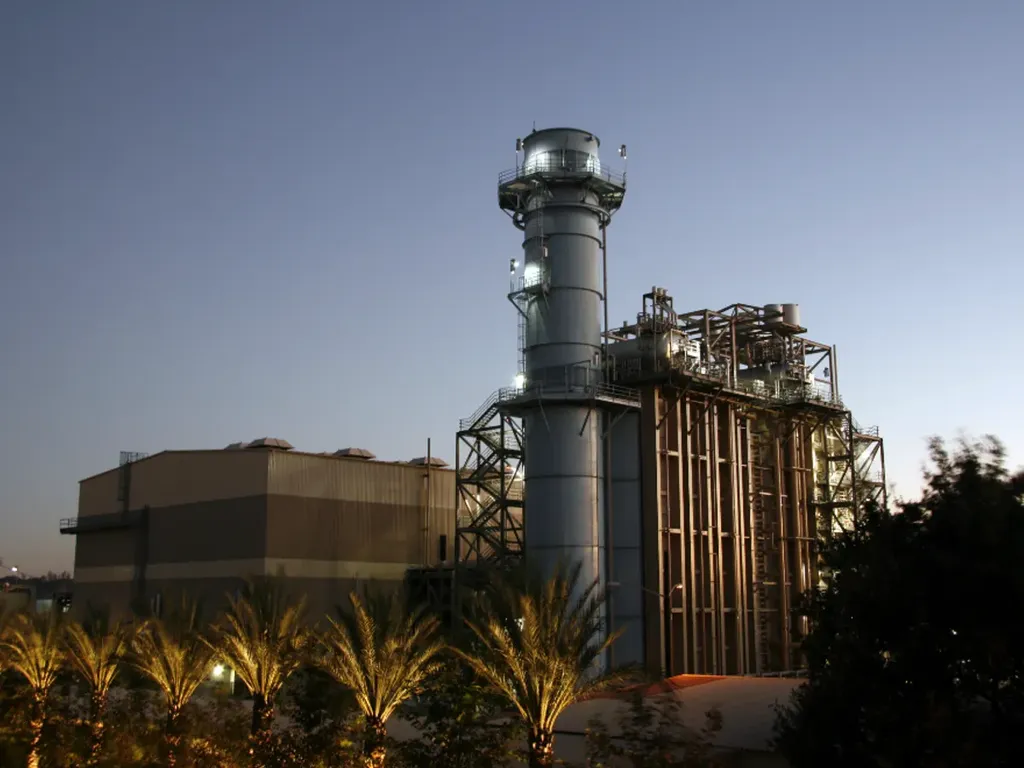In a groundbreaking study published in the journal *Materials Genome Engineering Advances* (translated from Chinese as *Advances in Materials Genome Engineering*), researchers have unveiled new insights into how key alloying elements influence the microstructure and mechanical properties of GH4061 superalloys. This research, led by Haoyan Meng from the Institute for Advanced Studies in Precision Materials at Yantai University in Shandong, China, could have significant implications for the energy sector, particularly in the development of more robust and efficient materials for high-performance applications.
The study employed diffusion multiple techniques combined with double aging heat treatment to simultaneously investigate the effects of niobium (Nb), cobalt (Co), titanium (Ti), and aluminum (Al) on the GH4061 superalloy. This high-throughput approach allowed the team to efficiently analyze how varying concentrations of these elements impact the alloy’s microstructure and mechanical properties.
One of the most striking findings was the behavior of cobalt. “Co exhibited the highest penetration depth with a monotonic concentration decrease,” Meng explained. “It significantly inhibited the formation of the needle-like δ phase and reduced the precipitation size of the γ′ phase.” This discovery could lead to better control over the microstructural evolution of superalloys, potentially enhancing their performance in demanding environments.
Niobium, on the other hand, formed distinct layers with clear interfaces, promoting substantial γ′′ phase precipitation and enhancing hardness through solid solution strengthening. “Nb diffusion generated layers that were crucial for improving the alloy’s mechanical properties,” Meng noted. This finding could be particularly relevant for applications requiring high strength and durability.
Titanium and aluminum also played significant roles. Their diffusion generated substantial diffusion layers containing Ti-Ni enriched needle-like η phases and enhanced γ′ phase growth, characterized by increased size and volume fraction compared to the base alloy. “The diffusion layers generated by Ti and Al were devoid of phases enriched with Nb, which is a notable distinction,” Meng added.
The mechanical property analysis revealed that high concentrations of Nb, Al, and Ti enhanced alloy hardness through various strengthening mechanisms. However, increased Co content diminished the size of the γ′ phase at the interface, resulting in reduced hardness. This nuanced understanding of how different elements interact within the alloy could pave the way for more targeted and efficient alloy design.
The high-throughput experimental approach used in this study significantly reduced the experimental workload while enabling detailed analysis of varying element concentrations on microstructure and properties. This method could revolutionize the way researchers and engineers approach materials development, making the process more efficient and cost-effective.
The implications for the energy sector are profound. Superalloys are critical components in various energy applications, from gas turbines to nuclear reactors. Understanding how to optimize their microstructure and mechanical properties can lead to more efficient and reliable energy systems. “This research provides a foundation for developing next-generation superalloys that can withstand the harsh conditions of modern energy technologies,” Meng said.
As the energy sector continues to evolve, the need for advanced materials that can perform under extreme conditions will only grow. This study not only advances our scientific understanding but also offers practical insights that could drive innovation in the field. By leveraging the findings from this research, engineers and scientists can develop materials that are stronger, more durable, and better suited for the energy challenges of the future.
In summary, the work by Haoyan Meng and his team represents a significant step forward in the field of materials science. Their high-throughput approach and detailed analysis provide valuable insights into the behavior of GH4061 superalloys, offering a roadmap for future developments in materials engineering. As the energy sector continues to push the boundaries of what is possible, this research will undoubtedly play a crucial role in shaping the materials of tomorrow.

